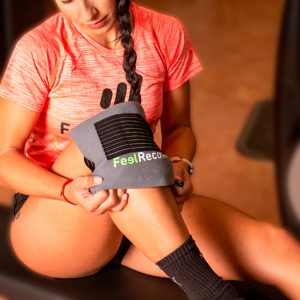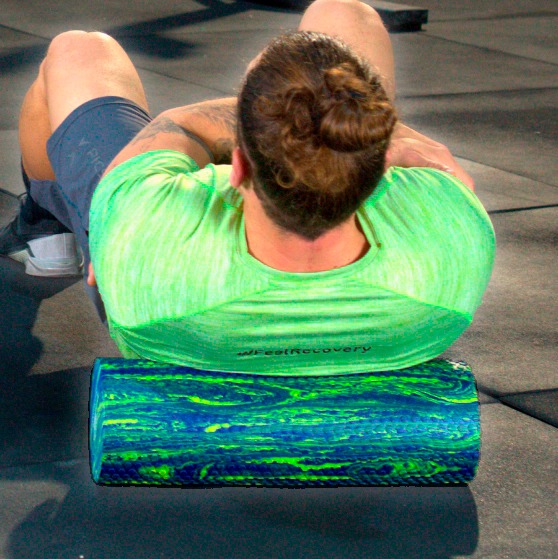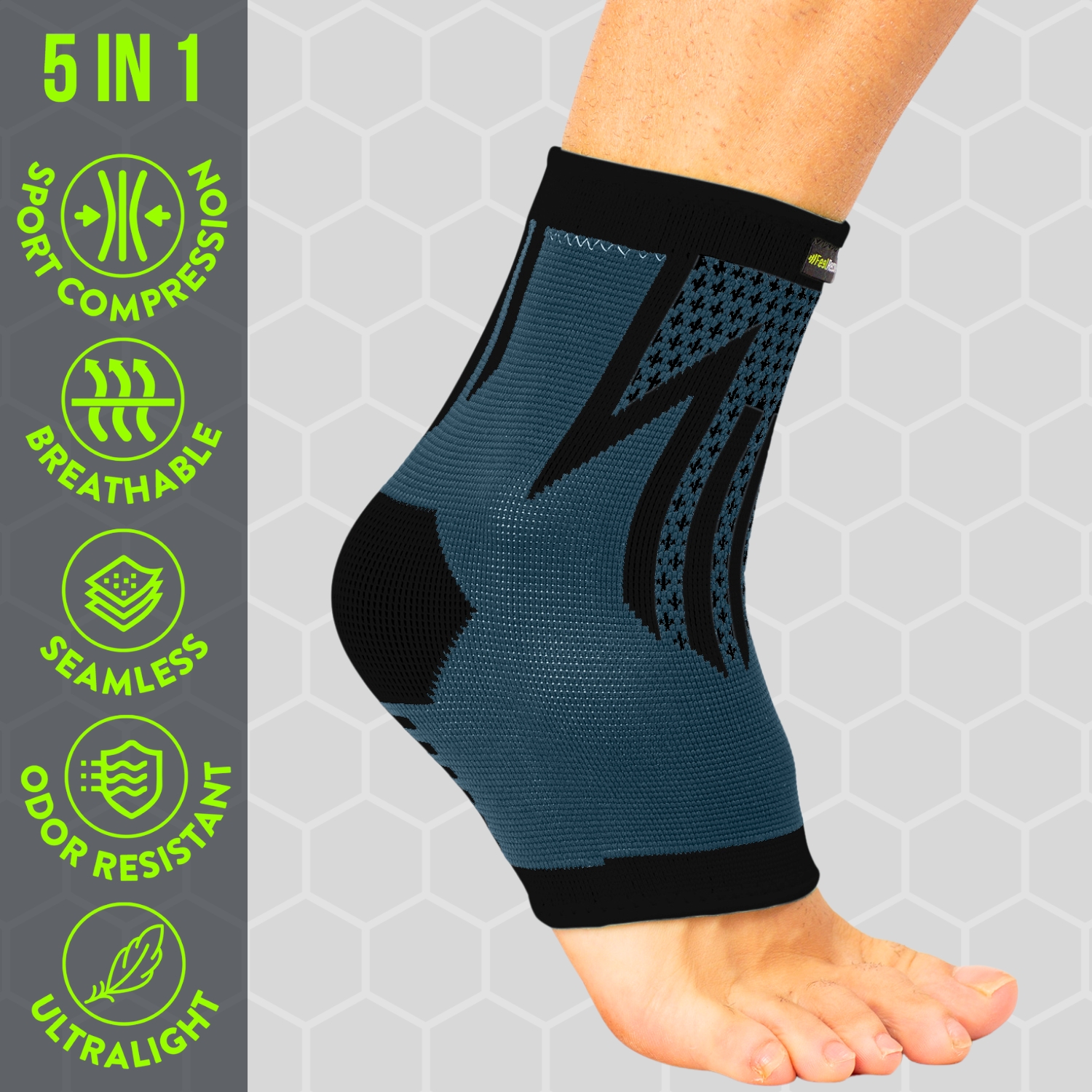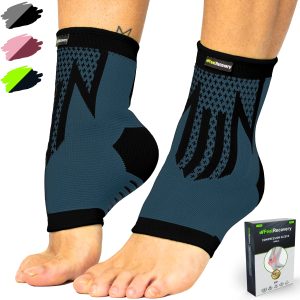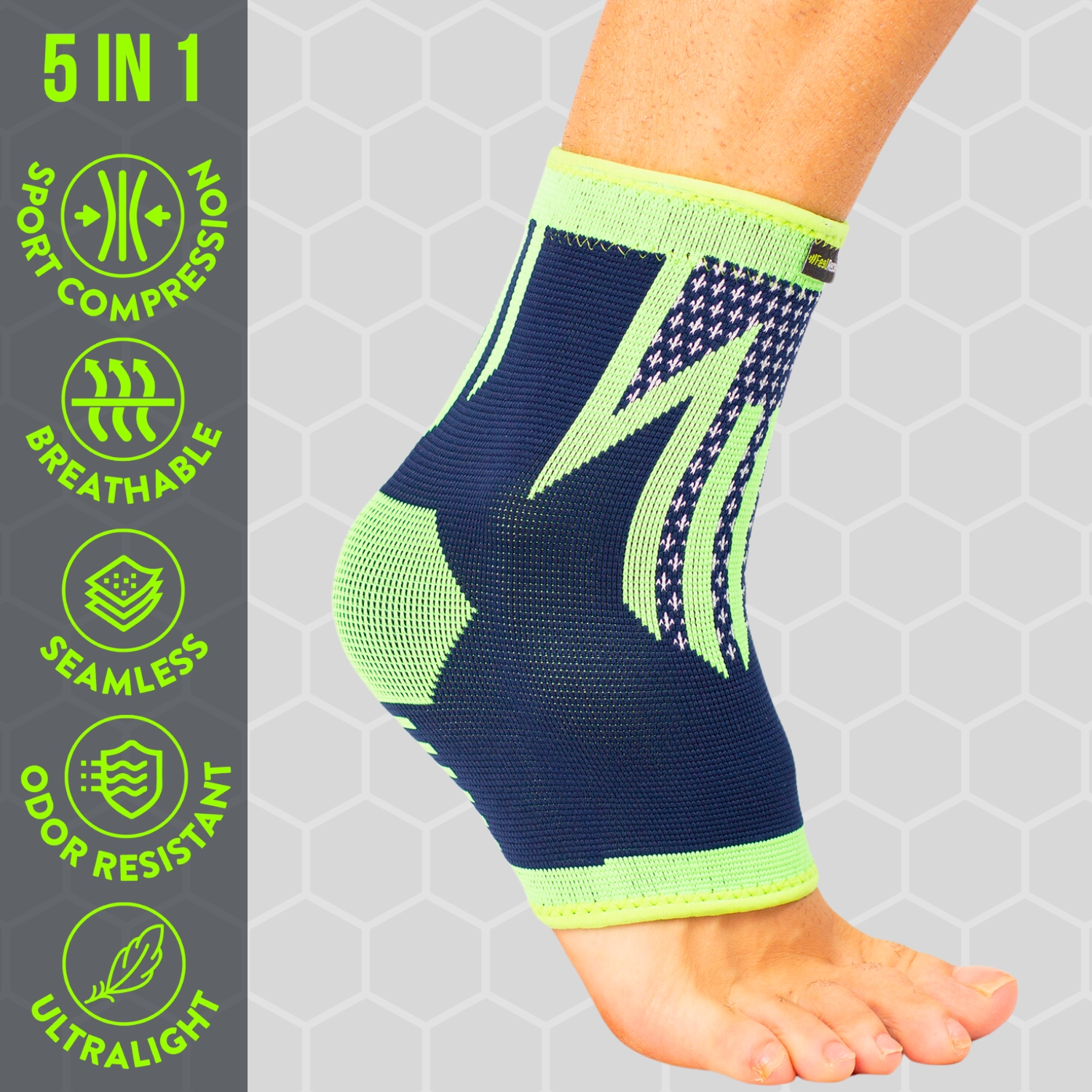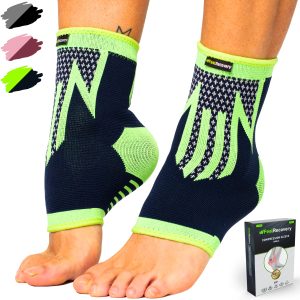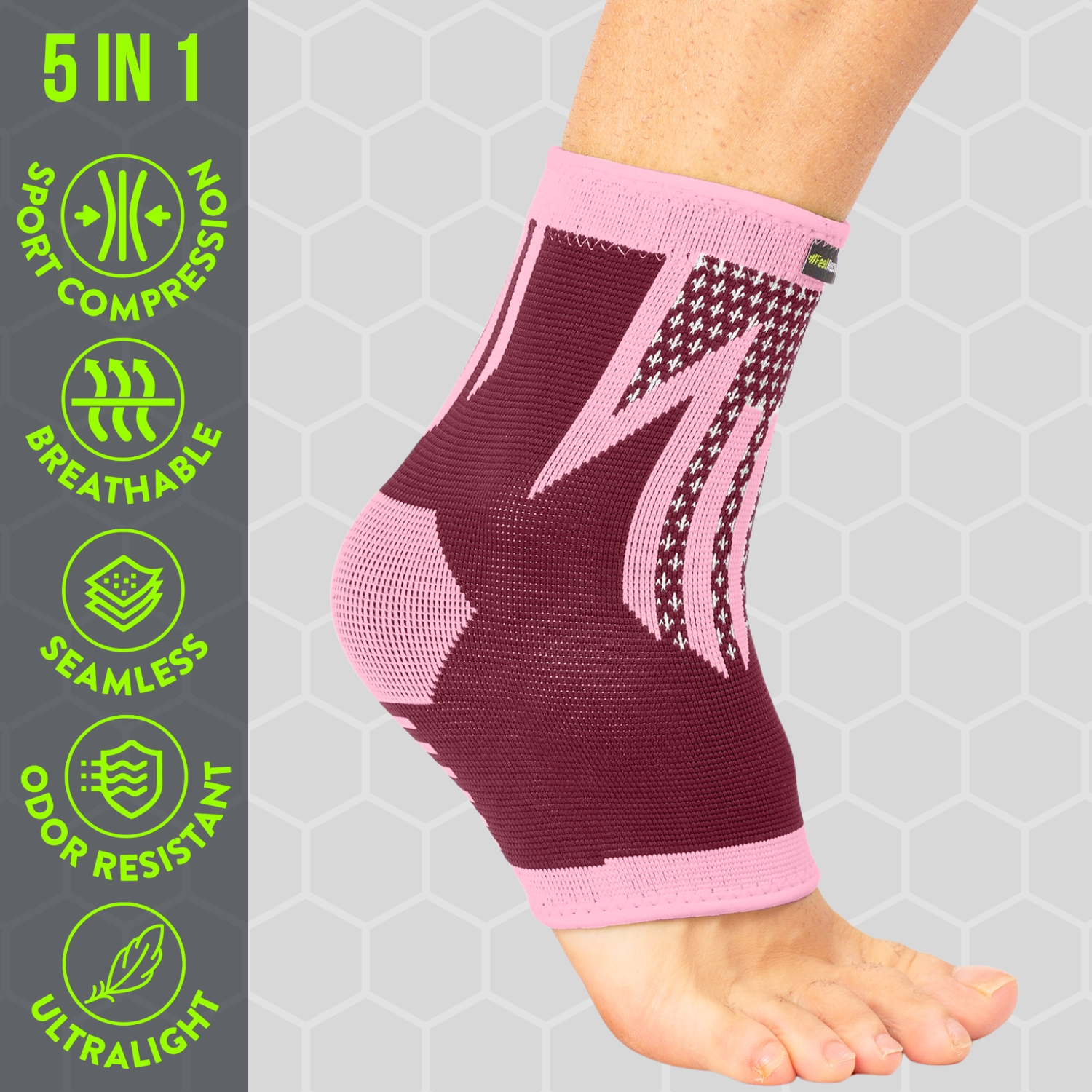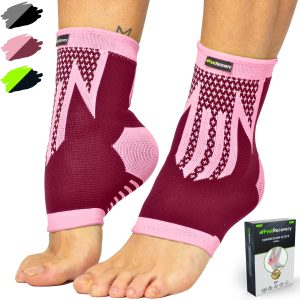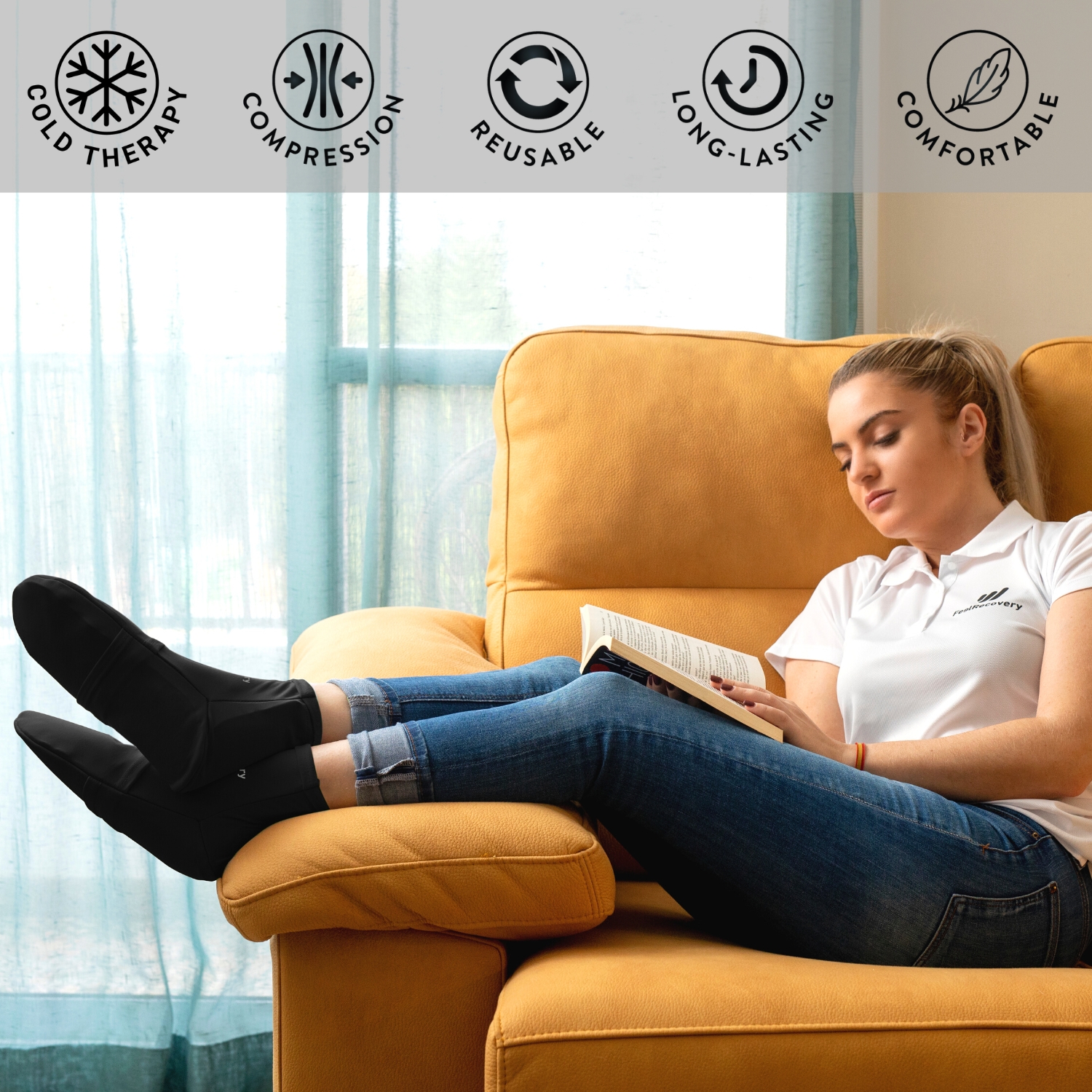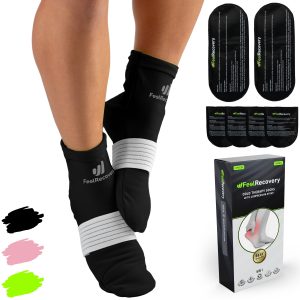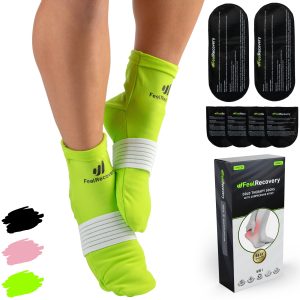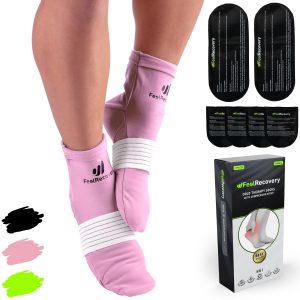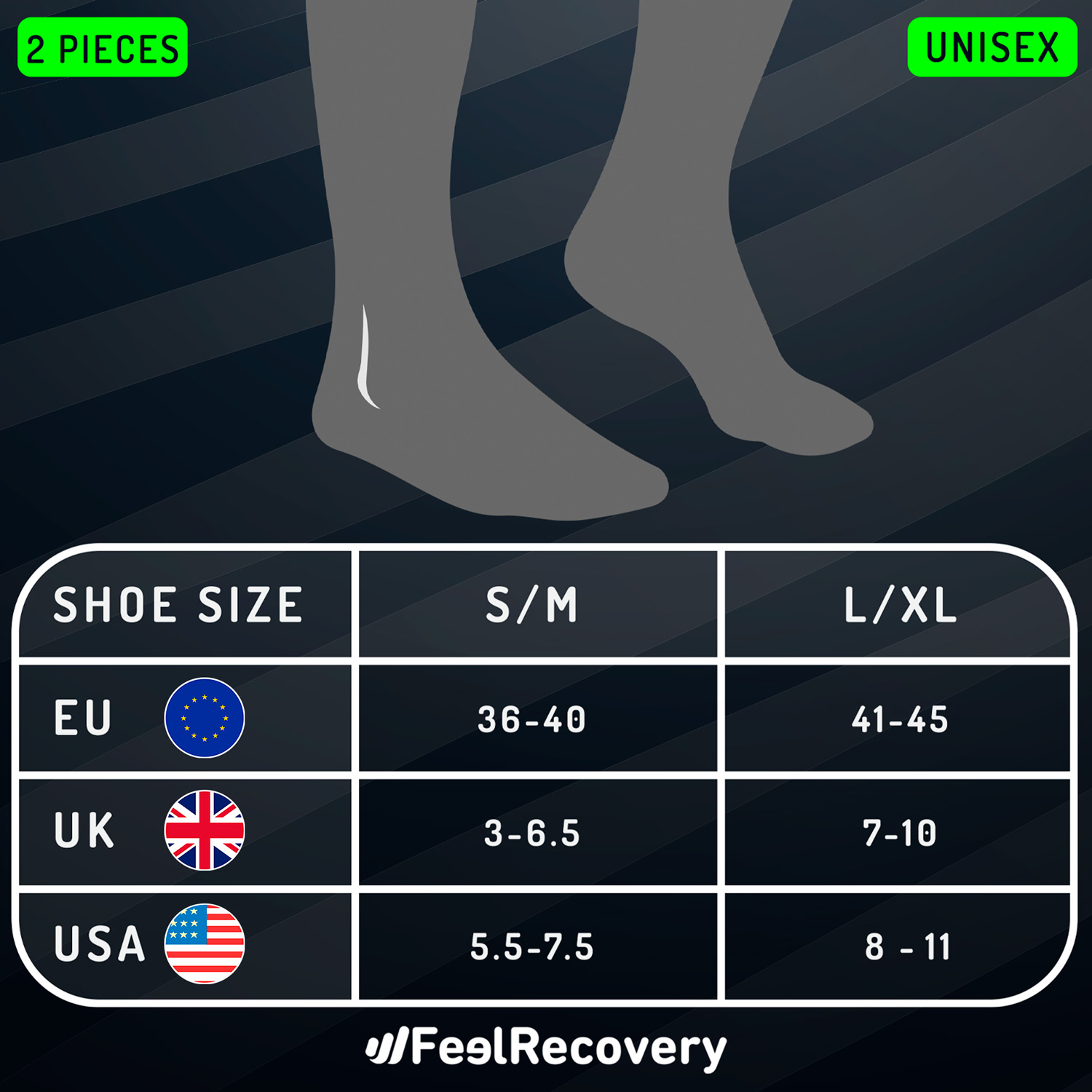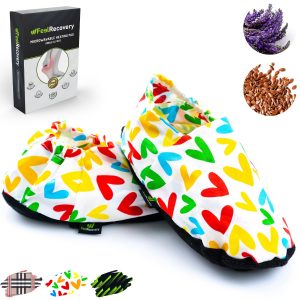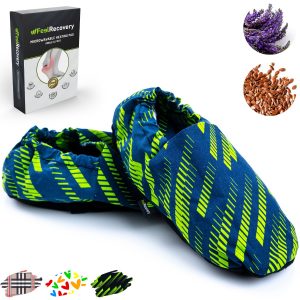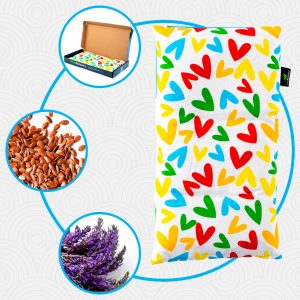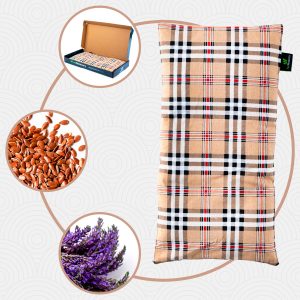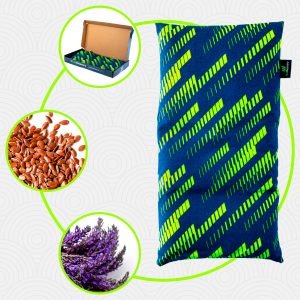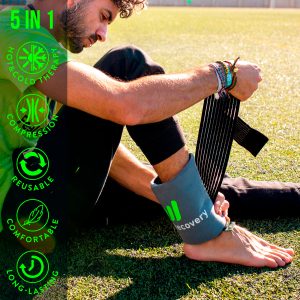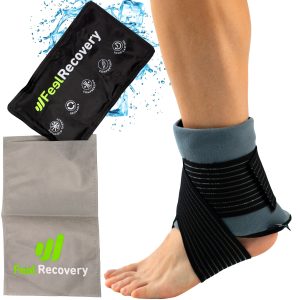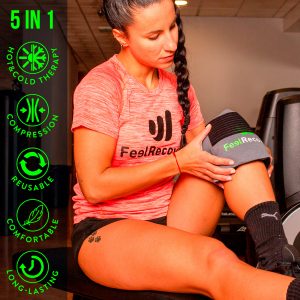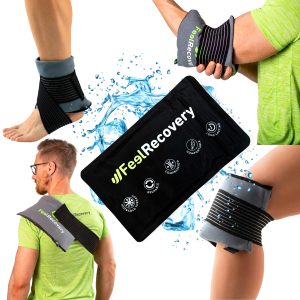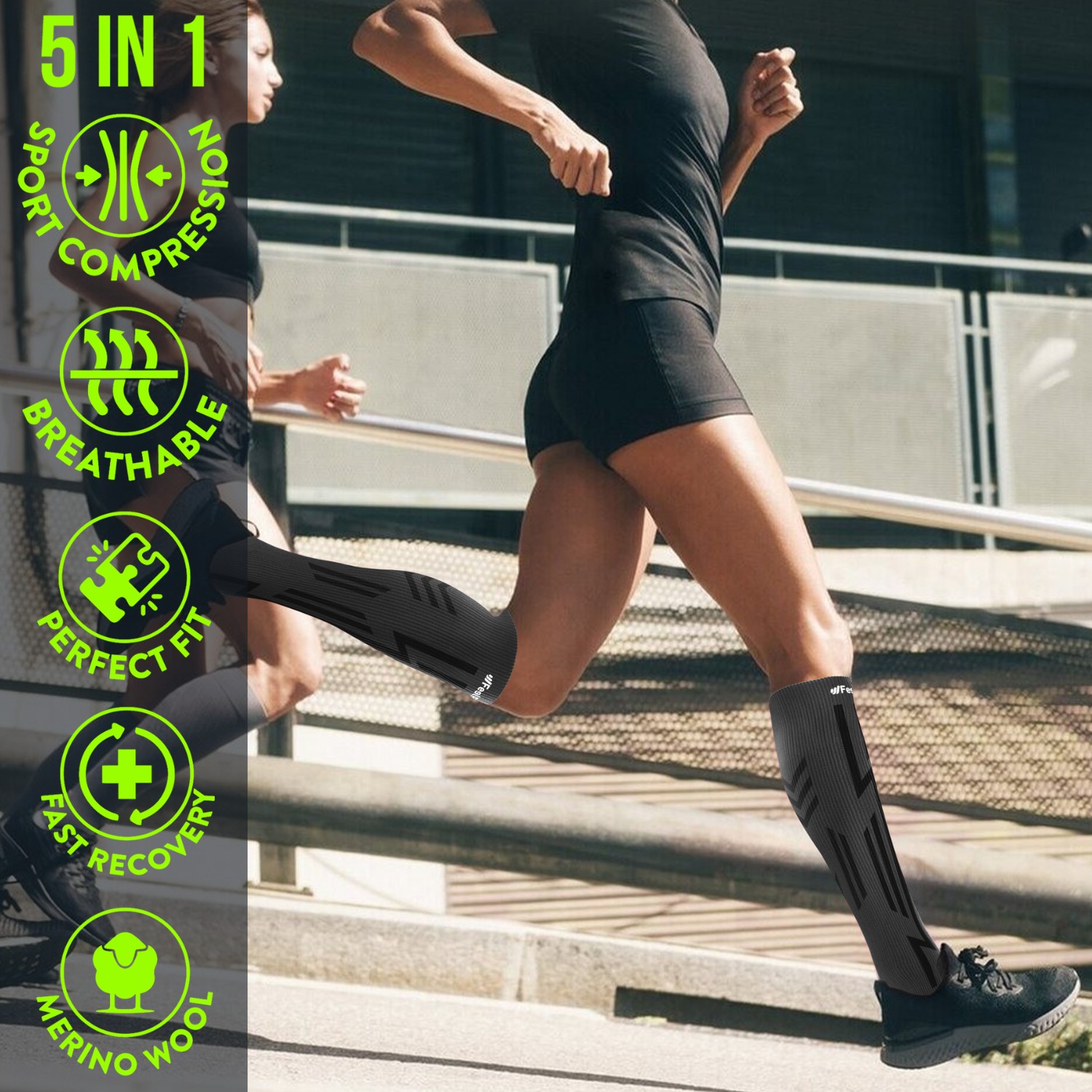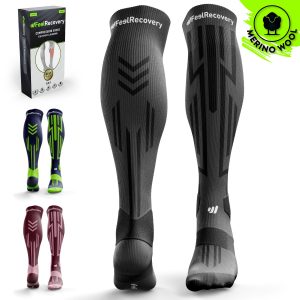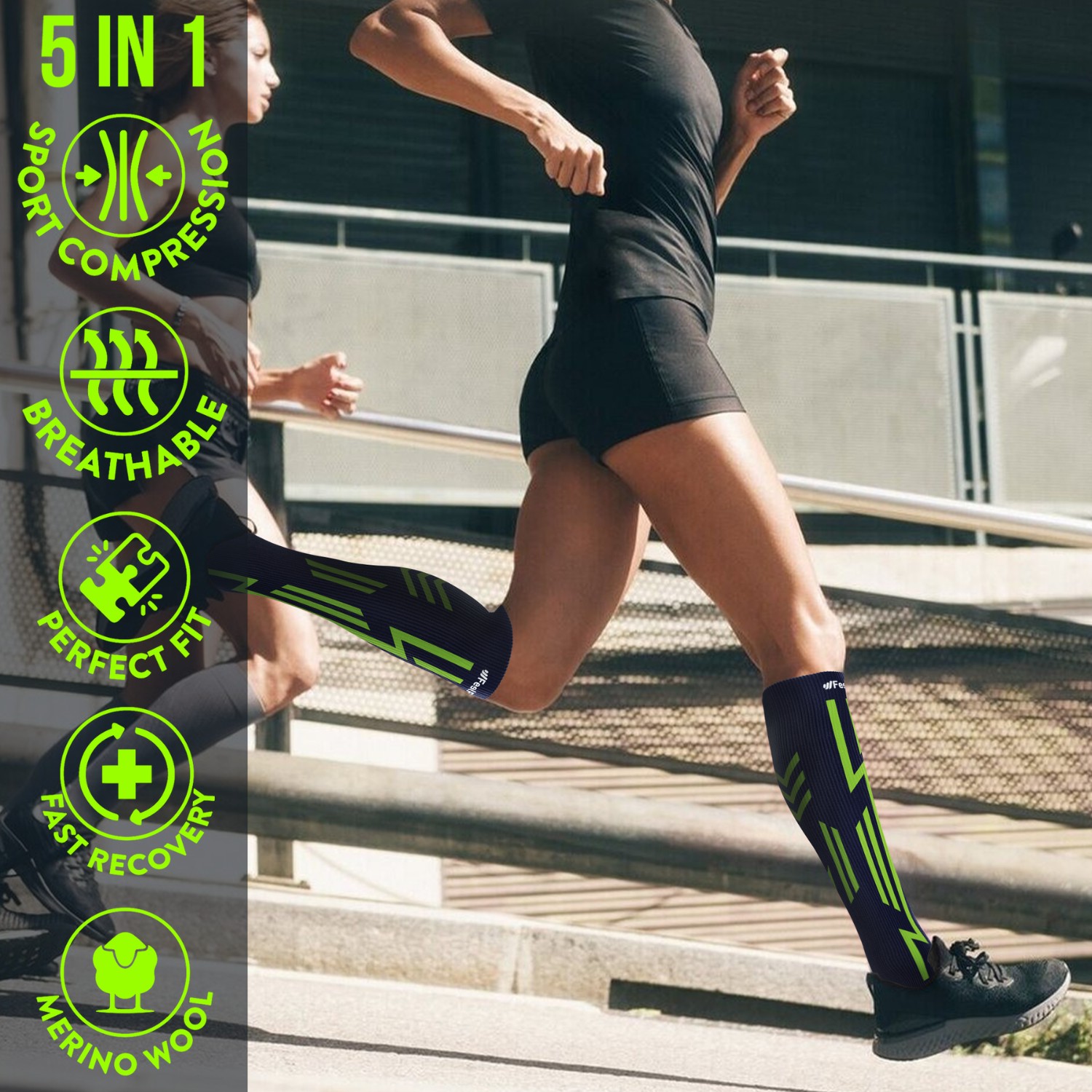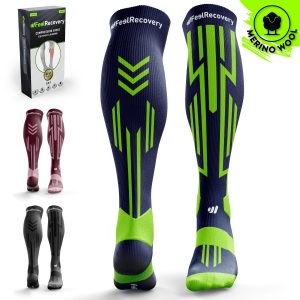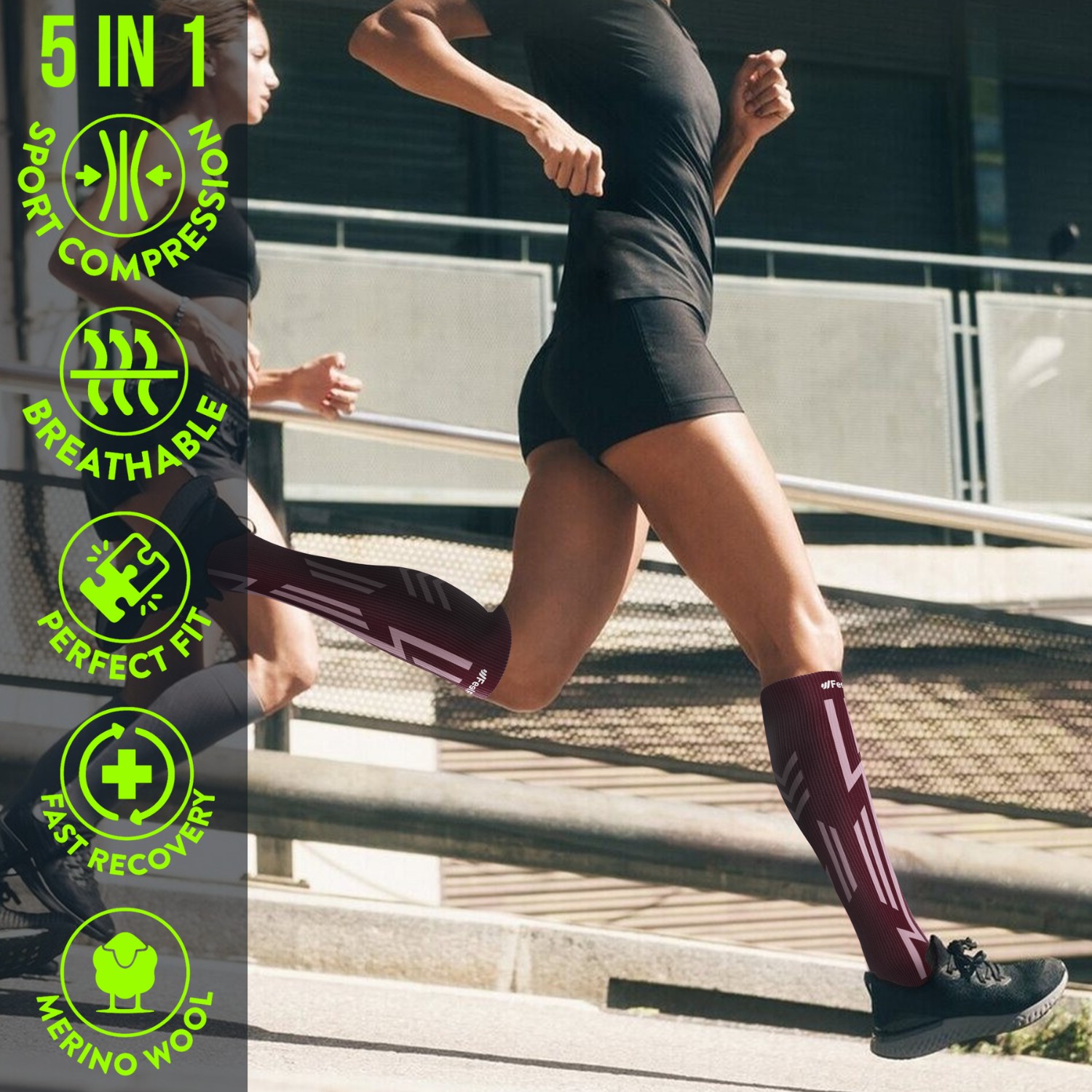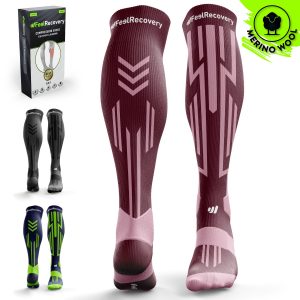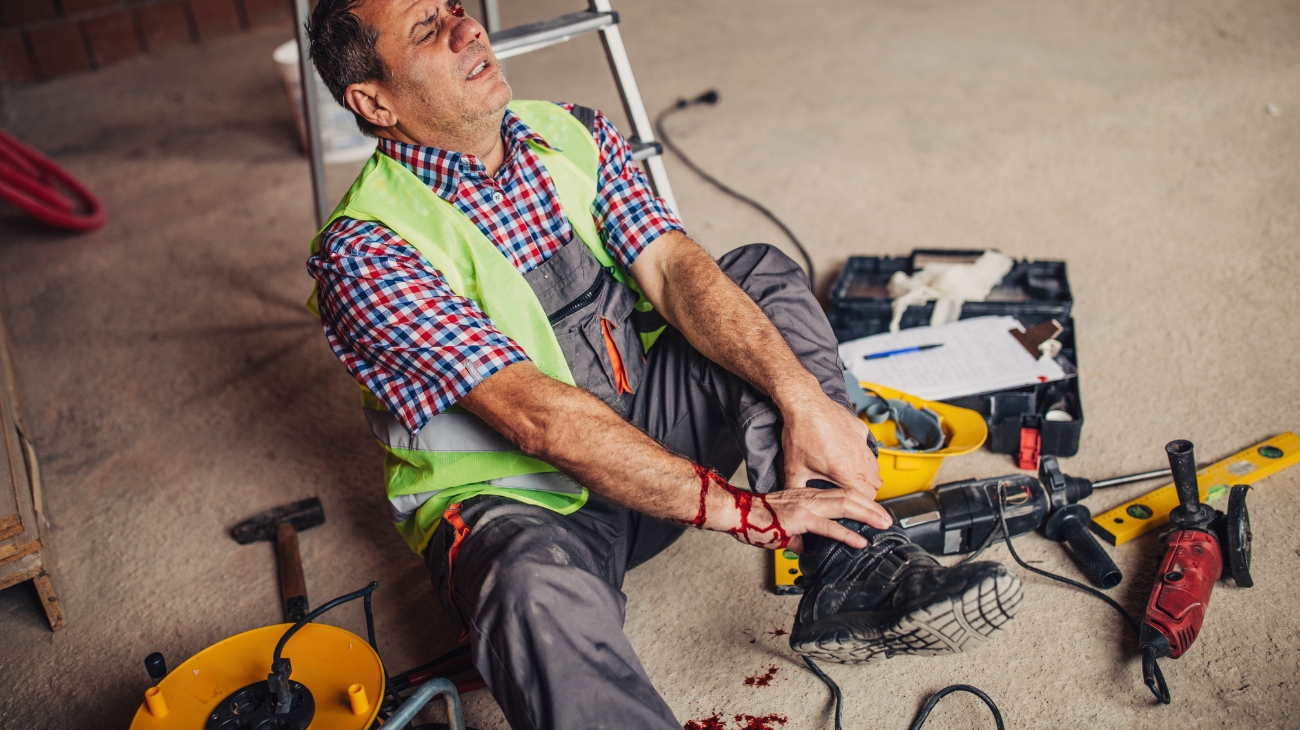Ankle and foot injuries in the workplace are a significant concern, especially for employees who spend long hours standing, walking, or working in hazardous environments. Professions such as construction workers, healthcare staff, warehouse personnel, and retail employees are particularly vulnerable to sprains, fractures, and repetitive strain injuries. Addressing these injuries promptly is crucial to avoid chronic issues and reduced mobility.
Hot and cold therapy is an effective method for managing ankle and foot injuries. Cold packs can be applied immediately after an injury to reduce swelling and numb pain, while heat therapy helps to relax stiff muscles and improve circulation, speeding up the healing process. Alternating between hot and cold treatments provides comprehensive relief for both acute and chronic conditions.
Compression sleeves are essential for providing targeted support and reducing inflammation in the affected areas. These sleeves enhance blood flow, which promotes healing, and they are particularly beneficial for injuries such as sprains, tendonitis, and plantar fasciitis. They also help prevent further injuries during physical activity.
Supportive insoles and orthotics are crucial for employees who experience foot pain due to long hours of standing or walking. These products provide proper arch support and cushioning, which help to evenly distribute pressure across the foot, reducing pain and fatigue. They are especially useful for preventing conditions like plantar fasciitis and metatarsalgia.
For those recovering from severe injuries like fractures, ankle braces offer stability and limit excessive movement, which prevents further damage and supports the healing process. These braces are adjustable and designed to fit comfortably inside work boots or shoes.
Stretching and strengthening exercises are also vital for recovery and prevention. Using tools like massage balls and resistance bands can help release muscle tension and improve flexibility in the foot and ankle area. Regular exercises, combined with proper ergonomic footwear, can significantly reduce the risk of reinjury.
Preventive measures, such as wearing non-slip, safety-compliant shoes, are equally important in minimizing workplace accidents. Employers and employees should prioritize workplace ergonomics and ensure safety protocols are followed to reduce the risk of falls and other injuries.
Our range of targeted products for work-related ankle and foot injuries ensures optimal relief and support, allowing you to recover quickly and get back to your daily routine with confidence.
FAQ: Frequently Asked Questions
How does hot and cold therapy benefit ankle and foot injuries?
Hot therapy improves blood circulation and relaxes muscles, while cold therapy reduces swelling and numbs pain after an injury.
What are the advantages of compression sleeves for foot injuries?
Compression sleeves provide targeted support, reduce inflammation, and enhance circulation, promoting faster healing for sprains, tendonitis, and plantar fasciitis.
Are supportive insoles effective for workplace foot pain?
Yes, supportive insoles provide proper arch support and cushioning, reducing pressure on the feet and preventing conditions like plantar fasciitis.
When should ankle braces be used for injuries?
Ankle braces should be used for stability and support after severe injuries like fractures or sprains to prevent further damage and aid recovery.
What preventive measures can reduce the risk of workplace foot injuries?
Wearing safety-compliant shoes, maintaining proper workplace ergonomics, and following safety protocols can significantly reduce the risk of foot injuries.


